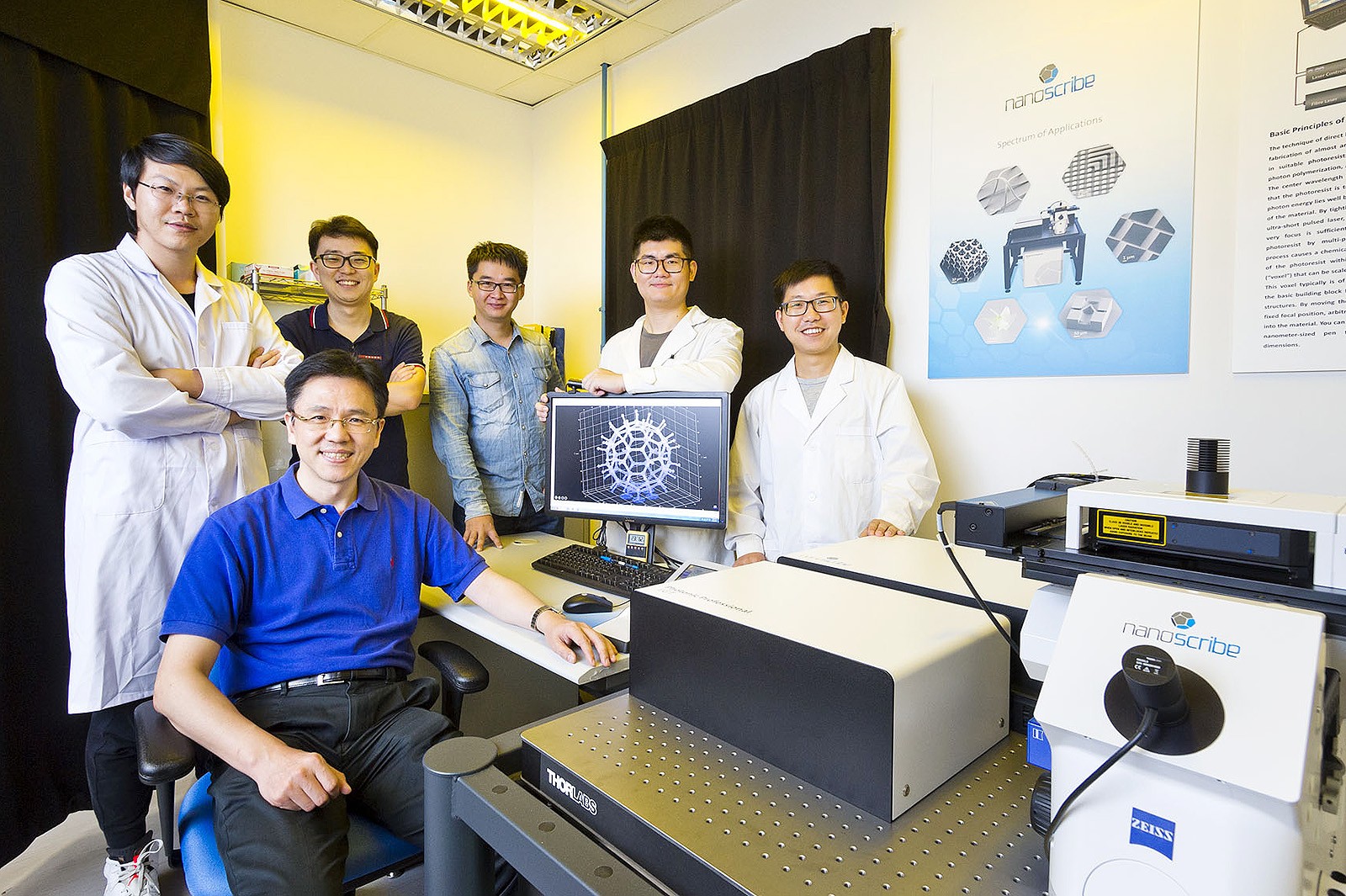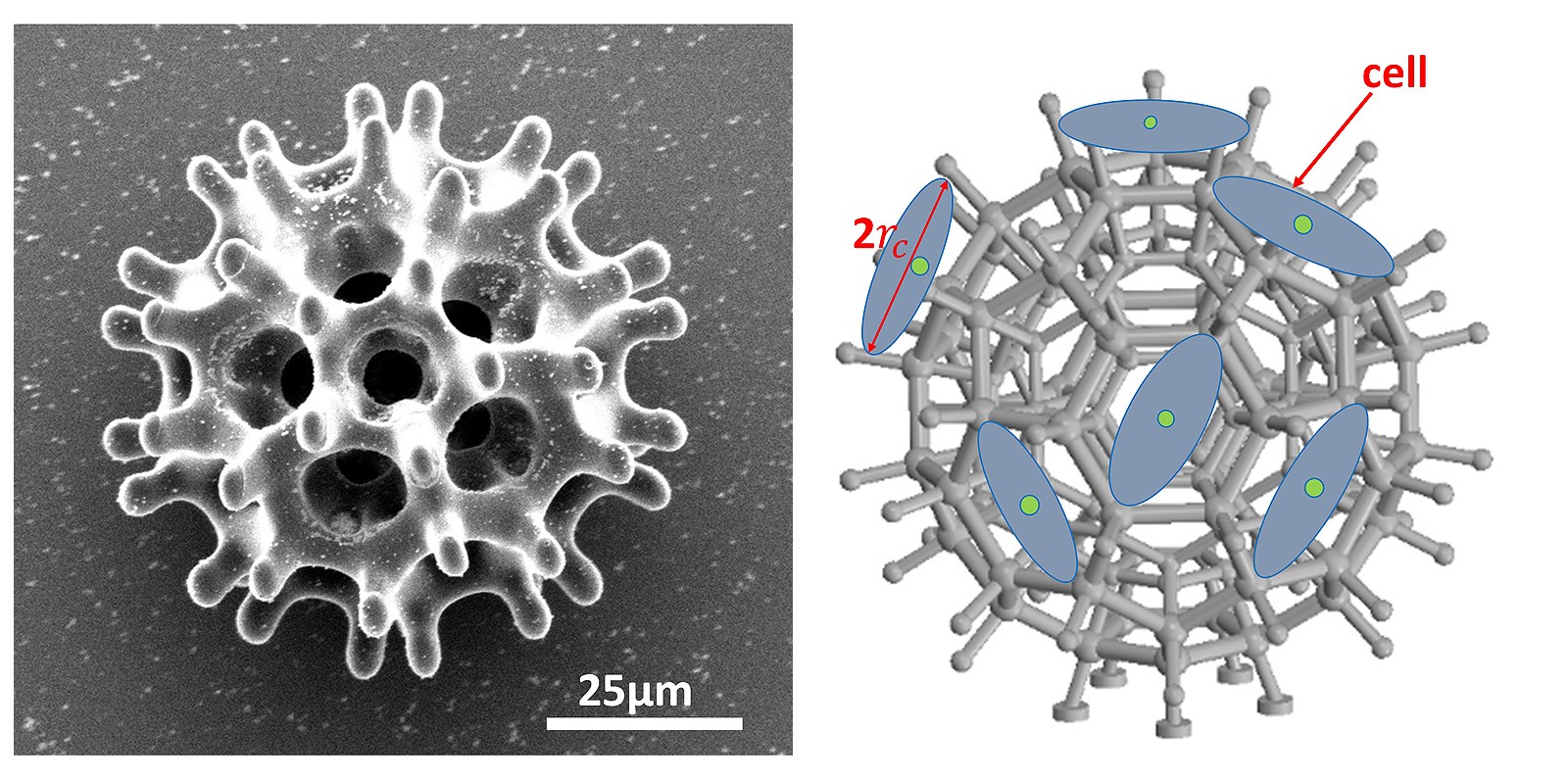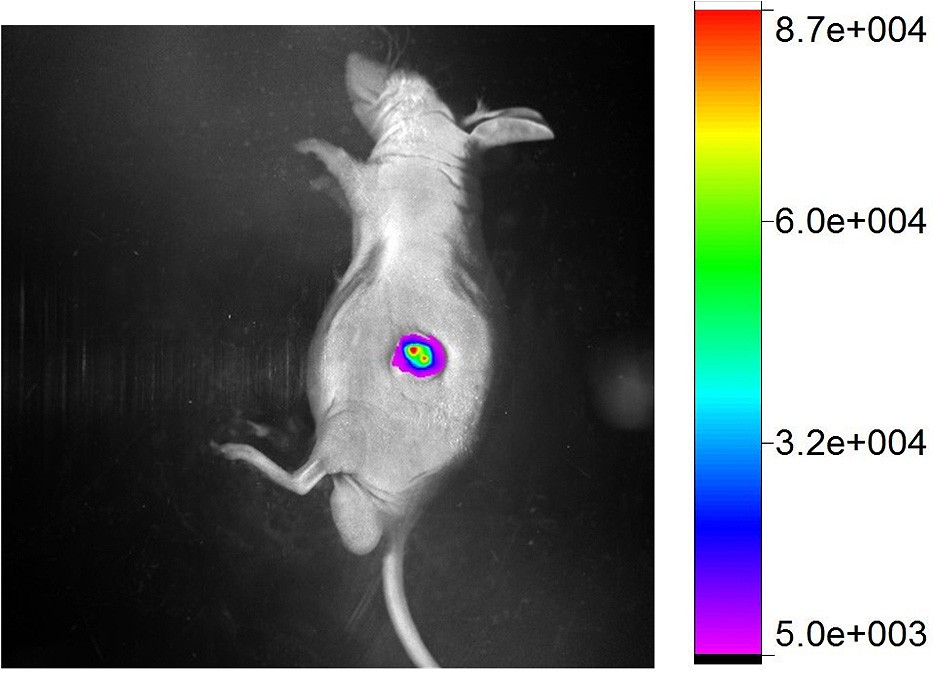World’s first: microrobots delivering cells to precise locations in the body
Terry Lam
In a world’s first, a team of researchers at City University of Hong Kong (CityU) has developed a magnetic 3D-printed microscopic robot that can carry cells to precise locations in live animals.
The invention could revolutionise cell-based therapy, regenerative medicine and more precise treatment for diseases such as cancer. It was published in the latest issue of journal Science Robotics.
“This could be a huge leap for the emerging industry of cell surgery robotics,” said Professor Sun Dong, Head of the Department of Biomedical Engineering (BME) at CityU and the supervisor of the research team.
The microrobots could be used to carry stem cells that can repair damaged tissues or treat tumours, providing an alternative to invasive surgery, as well as a solution for the side effects caused by drugs and drug resistance issues.
“This is the first known instance of a microrobot able to deliver cells in a live body,” said Dr Li Junyang, PhD graduate of BME and the first author of the paper.
The size of the new microrobot is less than 100 micrometres (μm) in diameter, similar to that of a single strand of human hair. Using computer simulations, the researchers assessed the efficiency of different robot designs and found that a porous burr-shaped structure is optimal for carrying cell loads and moving through the bloodstream and body fluid.
The microrobots were then manufactured using 3D laser lithography, and coated with nickel for magnetism and titanium for biocompatibility.
An external electromagnetic coil actuation system, which is designed and made in CityU, is used to manipulate the magnetic microrobots to reach a desired site after they have been injected into the bloodstream.
Subsequent tests were carried out on two types of animals. The researchers loaded the microrobots with connective tissue cells and stem cells, injected them into transparent zebrafish embryos, and used a magnet to guide them to the desired location.
In addition, microrobots carrying fluorescent cancer cells were injected into laboratory mice. The fluorescent cells were successfully transported to the targeted area, passed through the blood vessels and released to the surrounding tissue. Cancer cells were used in the experiment because they could be easily detected after forming a tumor.
The team is also conducting a pre-clinical study on delivering stem cells into animals for the precise treatment of liver cancers. Clinical studies on humans are expected to take place in two to three years.
“The research could not have been a success without the grit and determination of our scientists. This is also a perfect example of interdisciplinary collaborations at CityU,” said Professor Sun.
It took the team 10 years to overcome the challenges in different disciplines such as biomedical sciences, nanotechnology and robotics.
Led by BME, researchers in this project include Professor Sun; co-first authors Dr Li Junyang and Dr Li Xiaojian; PhD students Mr Luo Tao and Mr Li Dongfang; Dr Wang Ran, Dr Liu Chichi, Dr Chen Shuxun (all of them are CityU PhD graduates); together with Professor Cheng Shuk Han, Associate Dean (Learning & Teaching), College of Veterinary Medicine and Life Sciences; and Dr Yue Jianbo, Associate Professor of Department of Biomedical Sciences.



